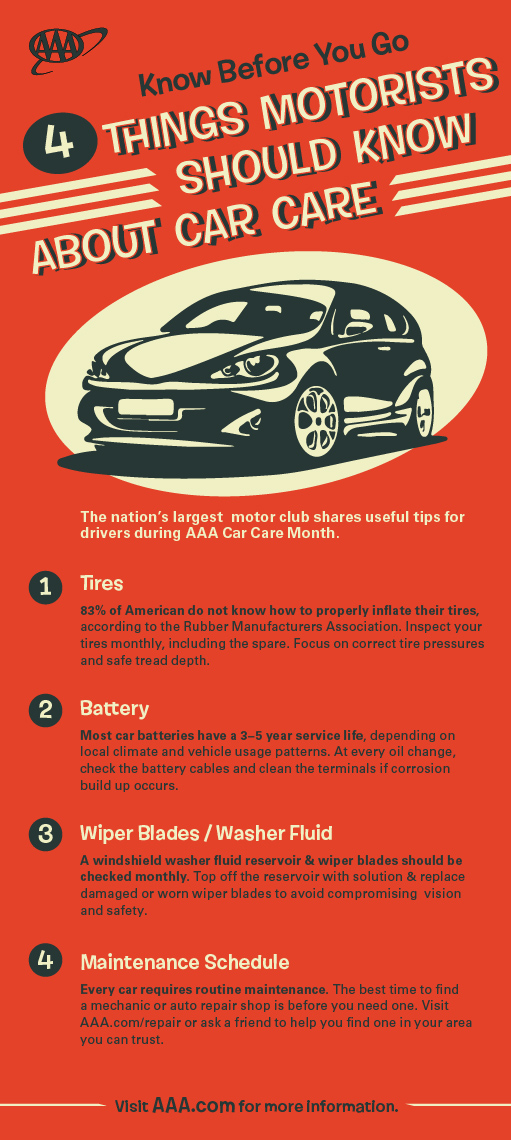When you're behind the wheel, those radiant warning lights on your dashboard can be a bit complicated. Do you understand what they're trying to tell you regarding your auto's wellness? Understanding the importance of these lights is vital for your safety and the longevity of your vehicle. So, the following time among those lights turns up, wouldn't you wish to analyze its message properly and take the needed actions to address it?
Common Caution Lighting and Interpretations
Determine typical caution lights in your car and understand their definitions to make sure safe driving.
The most common caution lights include the check engine light, which signifies problems with the engine or emissions system. If please click the following post begins, it's important to have your automobile examined promptly.
The oil stress warning light shows reduced oil pressure, calling for prompt interest to prevent engine damages.
A flashing battery light may recommend a malfunctioning charging system, possibly leaving you stranded if not addressed.
The tire pressure surveillance system (TPMS) light signals you to reduced tire stress, affecting lorry security and gas effectiveness. Ignoring this could result in dangerous driving problems.
The ABS light indicates a trouble with the anti-lock braking system, endangering your capacity to quit promptly in emergencies.
Lastly, the coolant temperature level warning light warns of engine overheating, which can result in severe damage if not resolved promptly.
Comprehending simply click the up coming website page will assist you resolve concerns without delay and preserve safe driving conditions.
Relevance of Prompt Attention
Comprehending the usual caution lights in your cars and truck is only the initial step; the value of quickly addressing these warnings can't be highlighted sufficient to ensure your security when traveling.
When a warning light brightens on your dashboard, it's your cars and truck's method of interacting a possible problem that needs attention. Ignoring these cautions can lead to a lot more extreme troubles in the future, endangering your security and possibly costing you much more out of commission.
Trigger attention to alerting lights can avoid break downs and accidents. For example, a blinking check engine light can indicate a misfire that, if left unattended, might trigger damages to the catalytic converter. Resolving this quickly can save you from a pricey repair service.
Similarly, a brake system warning light might signify low brake liquid or worn brake pads, critical parts for your safety and security when driving.
Do It Yourself Troubleshooting Tips
If you notice a warning light on your control panel, there are a few DIY troubleshooting tips you can attempt prior to looking for professional aid.
hand car wash near me is to consult your auto's manual to recognize what the specific warning light suggests. In some cases the concern can be as simple as a loosened gas cap activating the check engine light. Tightening the gas cap may fix the trouble.
An additional common concern is a low battery, which can cause different advising lights. Checking the battery connections for rust and guaranteeing they're safe and secure may fix the problem.
If a warning light lingers, you can try resetting it by separating the vehicle's battery for a few mins and after that reconnecting it. In addition, checking your lorry's liquid degrees, such as oil, coolant, and brake fluid, can aid repair cautioning lights connected to these systems.
Verdict
Finally, comprehending your automobile's warning lights is important for maintaining your automobile running efficiently and securely. By promptly dealing with these notifies and recognizing what they mean, you can prevent pricey repair services and prospective break downs.
Remember to consult your car's guidebook for certain information on each advising light and do something about it accordingly to ensure a trouble-free driving experience.
Remain educated, stay secure on the road!
